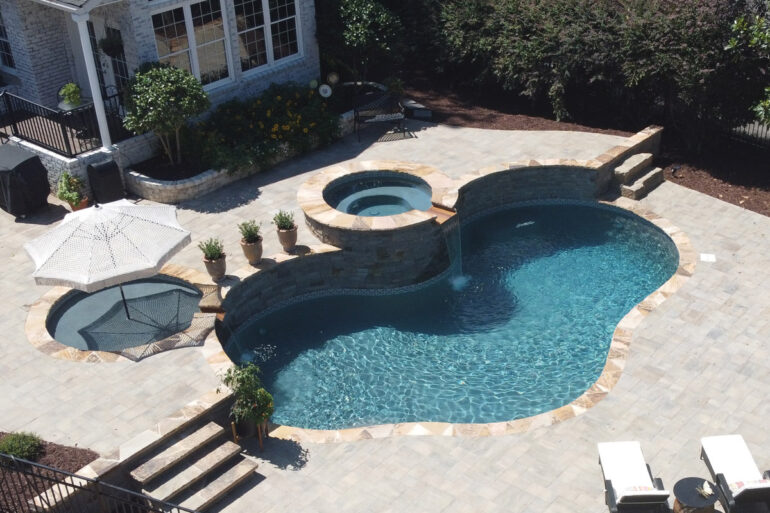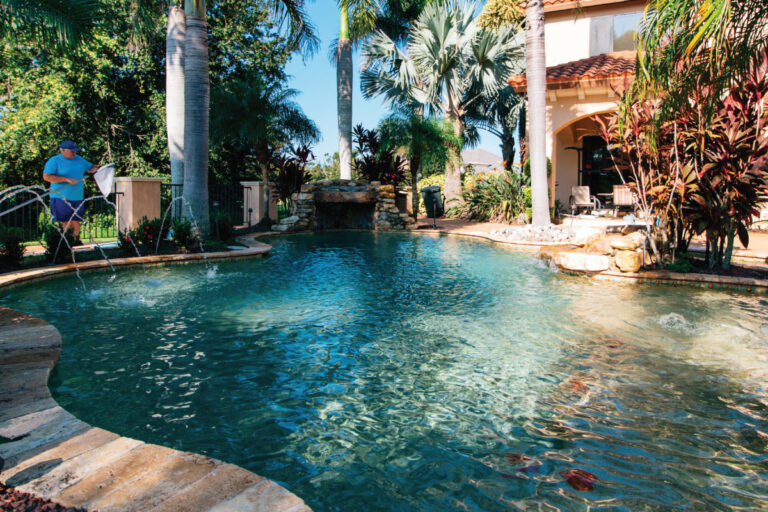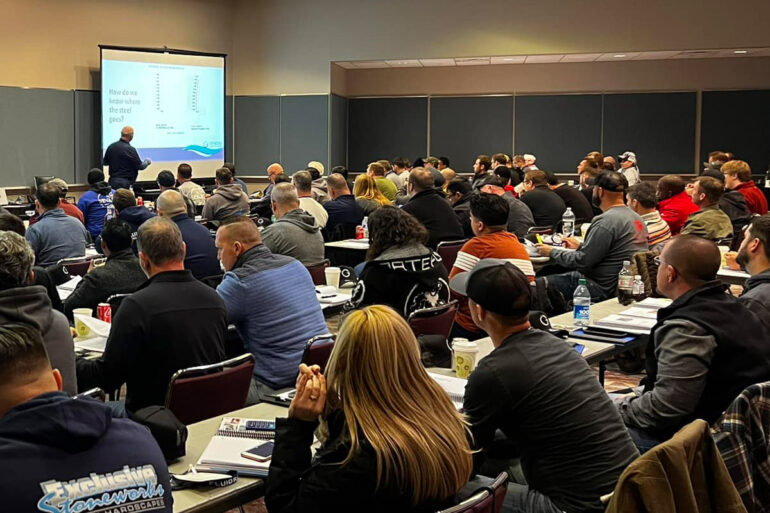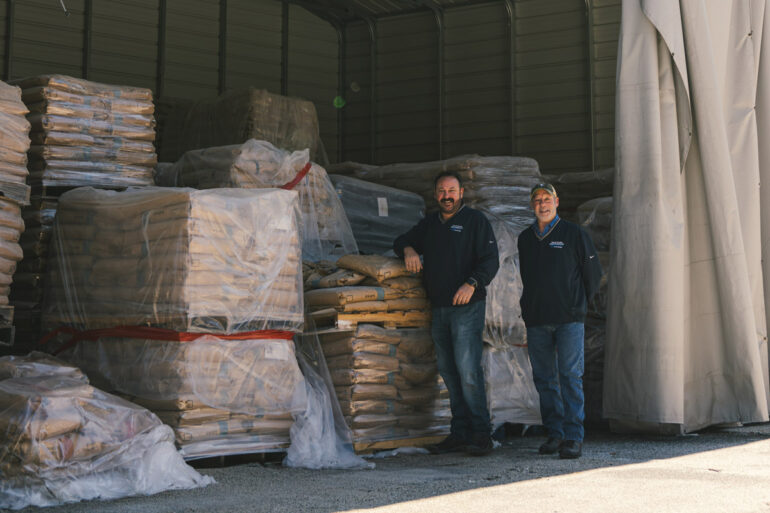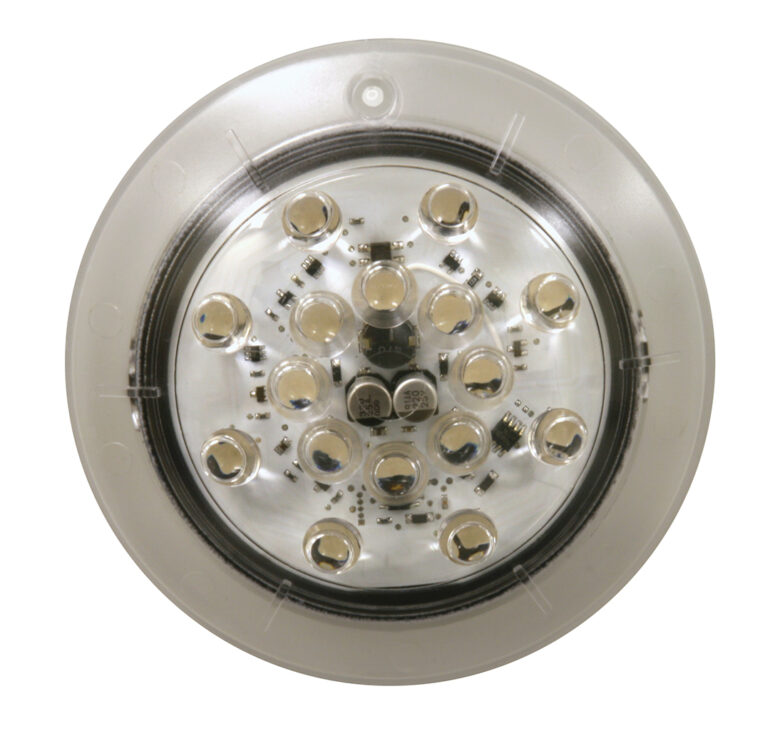Picking a Plaster Pump
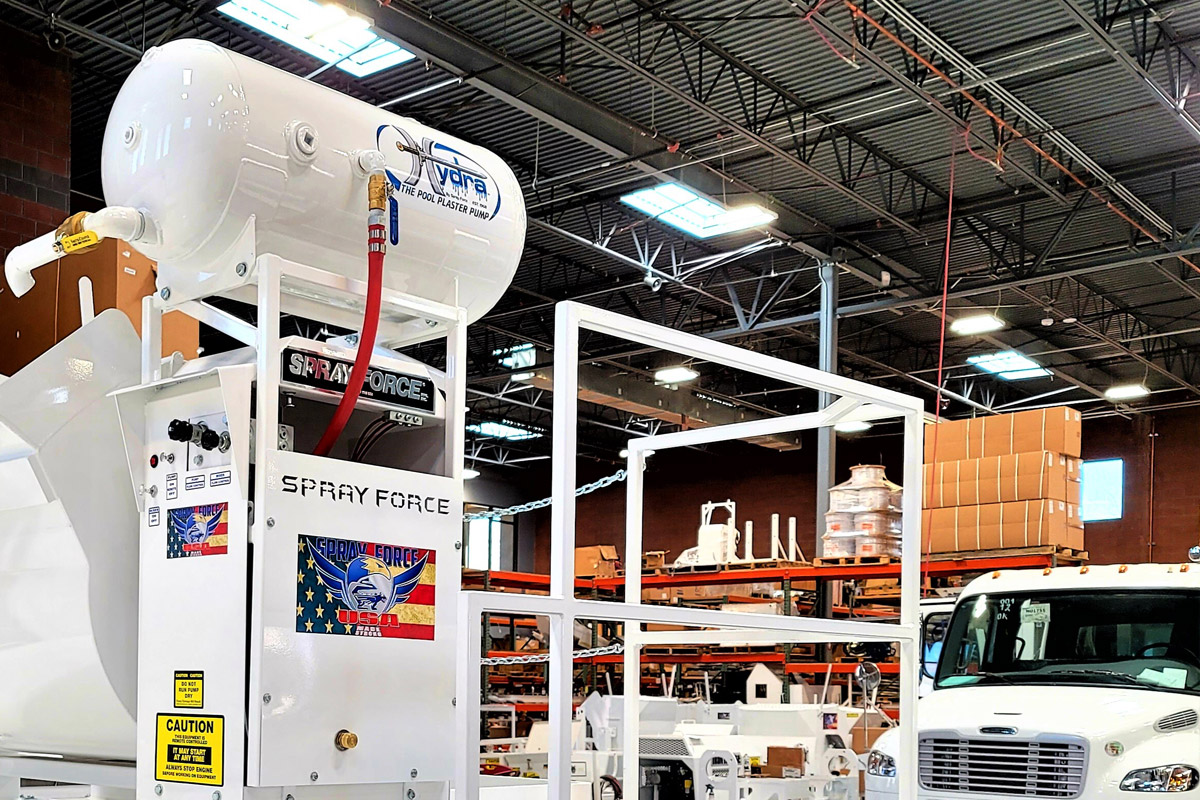
Choosing a plaster pump may seem like a job in and of itself. Whether you’re upgrading from an older model, replacing broken equipment or making a first-time investment, the best approach is to ask lots of questions so you can understand your options.
Bryan Thompson, a 25-year plastering veteran and president of Spray Force Manufacturing in Hurricane, Utah, says “camps” may crop up with loyalty to a certain pump type or method, but ultimately, manufacturers want customers to have the information they need to make the best decision.
“Sometimes, it sounds pretty competitive,” Thompson says. “As a consumer, you have to be able to get through that and have enough information that’s useful where you’re not turning it into just a camp of competition.”
Jon Temple, founder and CEO of Tempool in Jacksonville, Florida, says people searching for a plaster pump should decide based on mechanical skill.
“When choosing a pump, it is recommended to have previous experience with a pump,” Temple advises. “A pump is not for novice applicators. The important parts are safety, water-to-cement ratios and having a good maintenance program.”
When choosing a pump, it is recommended to have previous experience with a pump. A pump is not for novice applicators. The important parts are safety, water-to-cement ratios and having a good maintenance program.”
Jon Temple, Tempool
There are three main types of plaster pumps: piston, peristaltic and progressive cavity, also known as an auger or rotor stator pump. While they all have pros and cons and achieve the same basic outcome, it’s the how that sets them apart.
A piston pump works by having pistons move back and forth, pushing material down a hose. A peristaltic pump uses rollers to push the mixture through a set hose inside the pump — like pushing toothpaste through a tube — and a progressive cavity pump has a drill-like bit that cycles the mud through the lines.
Tempool has plastered over 30,000 pools in 17 countries and has tried every plaster material available in the industry.
“We choose to use the peristaltic pump because we pump pebble, usually long distances and thicker material,” Temple says. “It’s a slower-paced pump, uses less mechanical maintenance and is built for the applications we do.”
Thompson shares that peristaltic pumps can be safer because they have less pressure, and progressive cavity pumps are great for less aggressive mixtures that don’t have sand, but when it comes to safety and efficiency, Thompson believes piston pumps are the way to go.
“By far, the most powerful and productive way to convey viscous plaster-based materials is to use a vertical ball-and-seat piston pump,” he says.
Thompson says the flexibility and ease of uncoiling a rubber hose and stretching it to the job site is a definite perk compared to the piping setup often required for a peristaltic pump.
Spray Force has been manufacturing piston pumps for over seven decades, and its newest version, the Excalibur Hydra, is the first fully hydraulic plastering rig in the industry.
The company’s plaster pumps have an automatic self-compensating smart system, which ensures pressure from the pump stays within the right range. Thompson says this feature helps keep crews safer and servicing costs down.
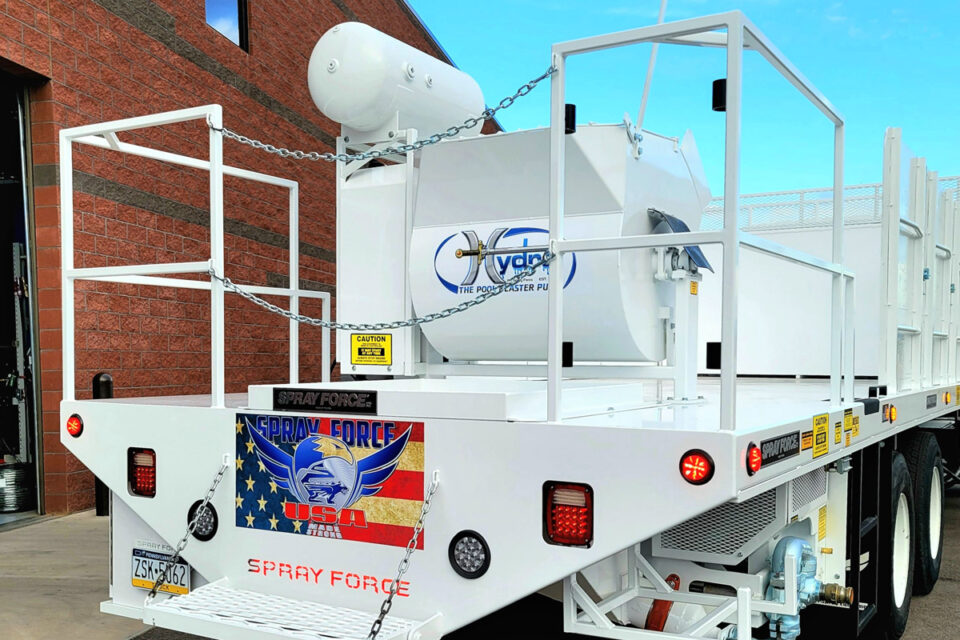
Temple and Thompson suggest that anyone operating plastering equipment be thoroughly trained; both Tempool and Spray Force offer various training options.
Regarding safety, Thompson warns that even the side of the rig where the crew is mixing should be taken into consideration.
“If you put a left-hand mixer on the back of a truck, you’re now standing in the traffic side,” Thompson explains. “Now you’re going to open up a big fold-down platform that sticks out into the street, and here comes the traffic as you’re working.”
He says because of this, Spray Force no longer mixes on the left side of their trucks.
“My focus is on safety,” he says. “We don’t want to put people in dangerous hose situations and pressure situations. We want to limit the exposure to risk the best that we can.”
Preparation can be just as important as safety, says Johan Temple, plaster manager at Tempool, so every pump rig must have at least two wheelbarrows on board to replace the hoses in case of a malfunction or other incident.
“Pouring the mix into barrow, running it to the pool and hand-delivering the mud, which is not a desired outcome, but pools must be saved no matter how we finish them,” he says.
Thompson has noticed that the first plaster pump type a company picks is typically the one it sticks to because it’s easier to stay with what you know and simplifies inventory as well as training.
“That’s why you really want to think out your first purchase to make sure that all those things you’re checking off your list are what’s important to you,” Thompson says. “You need accurate information to make good decisions. And if you don’t have accurate information, you’re going to make a bad decision — you just will.”

